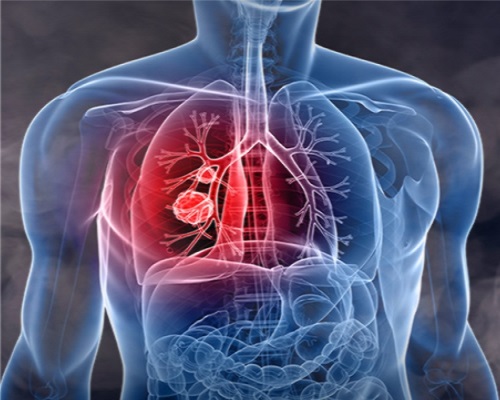
Lung Cancer
Lung cancer is a malignant tumor that develops in the cells of the lungs. It is one of the most common and deadliest forms of cancer worldwide. Lung cancer is broadly classified into two types: Non-Small Cell Lung Cancer (NSCLC), which is the most common, and Small Cell Lung Cancer (SCLC), which grows and spreads more aggressively.
Early symptoms may include a persistent cough, chest pain, shortness of breath, wheezing, or unexplained weight loss. In advanced stages, symptoms can include coughing up blood and widespread pain. Smoking is the leading cause of lung cancer, though non-smokers can also develop it due to factors like secondhand smoke or environmental exposures.
Treatment options vary depending on the type and stage of the cancer and include surgery, chemotherapy, radiation therapy, targeted therapy, and immunotherapy. Early detection through imaging and screenings significantly improves outcomes.
Risk Factors for Lung Cancer
Smoking: Primary cause, including cigarettes, cigars, and pipes.
Secondhand Smoke: Prolonged exposure to smoke from others.
Radon Gas: A natural radioactive gas that accumulates in homes or buildings.
Asbestos Exposure: Common in certain occupational settings.
Asbestos Exposure: Air Pollution: Long-term exposure to polluted environments.
Genetics: Family history of lung cancer.
Prior Radiation Therapy: Radiation to the chest increases risk.
Personal History: Previous lung disease like COPD or pulmonary fibrosis.